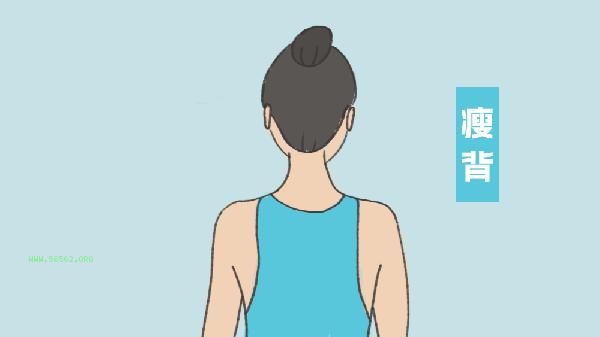Barbell exercises for triceps are mainly achieved through narrow range bench presses, supine arm flexion and extension, and head arm flexion and extension. Attention should be paid to weight selection and movement standardization.
1. Narrow bench press
The distance between the hands is slightly narrower than the shoulder width, and the barbell is lowered to the middle of the chest with the elbows close to both sides of the body. When pushing, focus on using the triceps to exert force and avoid shoulder compensation. This action can stimulate both the long head and lateral head of the triceps at the same time. It is recommended to use a Smith machine to assist in ensuring stable trajectory.
2. Lie flat on the training bench with arms bent and extended. Hold the barbell with both hands and place it directly above your forehead. Keep the upper arm vertically fixed and complete the movement only through elbow flexion and extension. Control the speed and feel the muscle stretch when lowering, and raise until the arm is extended but not too far. This action significantly stimulates the inner head of the triceps brachii.
3. Bend and extend the upper arm
In a sitting or standing position, lift the barbell with both hands to the top of the head, and keep the upper arm close to the ear. Slowly bend your elbow and lower the barbell to the back of your head, then apply force to straighten your arm. Maintain core tightness throughout the entire process to avoid lumbar compensation, suitable for developing the long head dimension of the triceps.
4. Reverse Grip Narrow Range Press
Use a reverse grip posture for narrow range press, with the palm facing the face. This variant can change the angle of force, with a focus on strengthening the medial head of the triceps brachii. Pay attention to choosing a lighter weight to avoid excessive pressure on the wrist, and it can be used in conjunction with a wrist guard.
5. Narrow distance floor push
Lie down on the ground for narrow distance push, and immediately lift up after touching the ground with your elbows. Restricted range of motion can reduce shoulder involvement and force the triceps to maintain tension throughout the entire process. Suitable as a finishing action for exhaustion training.
During training, one should start mastering the movement pattern from an empty pole and gradually increase weight. Arrange 2 specialized training sessions for the triceps muscle per week, selecting 3 movements each and completing 4 groups. Rest between groups should be controlled within 60 seconds. Combined with protein supplementation and a 48 hour recovery period, it can effectively promote muscle growth. Avoid using excessive weight to deform movements, and pay attention to warming up and stretching the wrist and elbow joints before and after training.






Comments (0)
Leave a Comment
No comments yet
Be the first to share your thoughts!